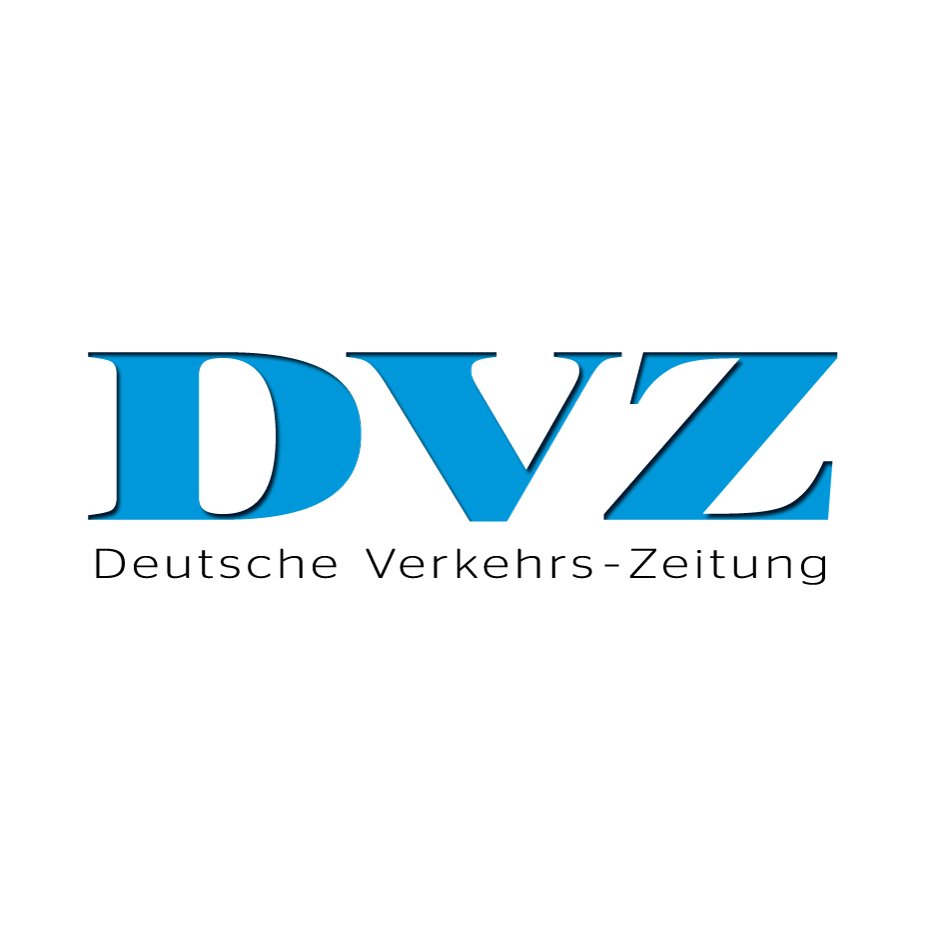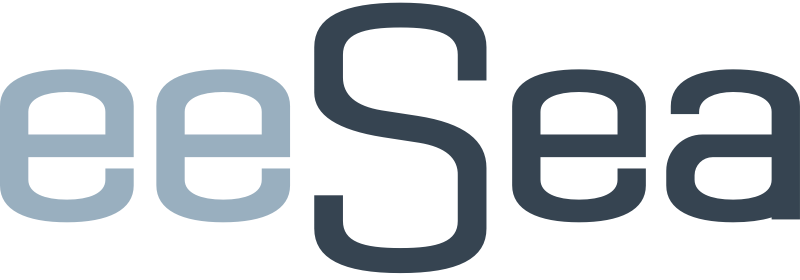
Carriers start diverting ships from Canada’s strike-hit west coast ports
“According to this morning’s eeSea data, four container vessels bound for Vancouver have changed their proforma port rotations to call at Seattle first, before returning to Vancouver later: the OOCL San Francisco; CMA CGM Medea; Yantian and Hyundai Faith.”

Pressure grows on Ottawa to act on day six of the Canada port strikes
“The BCMEA yesterday suggested binding arbitration was the best way to end the strike. The employers said that if the union agreed to binding arbitration “port operations could resume quickly, critical goods could begin to flow again and there would be immediate stability and restoration to Canada’s supply chain operations.”
Danish analysts at eeSea have started to notice vessel bunching off the west coast with more boxships waiting outside Vancouver and Prince Rupert.”

'Another nail in the coffin' – congestion on Canada's west coast
“The deteriorative effects of the latest ILWU strikes on the transpacific tradelane are clearly visible, as the eeSea team tracks the live progression of vessel delays and omissions across the ports of Vancouver and Prince Rupert.”

Relief as torrential rain hits Panama
“Pressure has been building at the canal throughout June with queues emerging on both sides of the waterway.
Neopanamax boxships have had to be waiting for around 10 days to transit the canal. Data from eeSea below shows all the containerships heading towards the Panama Canal.”

Biden acts to resolve US west coast port disruptions
“Biden can invoke the Taft-Hartley Act to force a resumption of normal port operations. The last president to do that was George W. Bush, who invoked that federal law in 2002 after port employers locked out union longshore workers.
The latest data from Danish box watchers eeSea shows comparatively minimal disruption.
“So far we have not seen any major deviations away from US ports – only one omission of Oakland. We see delays throughout the WC, but not more than what has become the norm over the past three years. And finally, congestion seems manageable still: Seattle and Tacoma are the only ports registering above 50% on our congestion meter,” an update from eeSea noted.”

Transpac rates head north as carriers face Panama Canal restrictions
“Ocean carriers will have to consider downsizing vessels deployed on the Asia-US east coast Panama Canal loops, but voyages with smaller tonnage could lose money unless the lines are able to raise rates substantially.
Their other option could be to route more Asia-USEC strings via the Suez Canal, which would also cost more, due to the longer transit. According to eesea data, a pro-forma round-trip for a Panama loop takes 77 days, compared with the 84-day average for a Suez Canal routing.”

Transpacific box volumes pick up just as labour strife hits
“More containers are on the waters of the Pacific heading for the west coast of North America than at any time this year, just as labour strife makes their smooth arrival uncertain.
Outbound transpacific cargo movements spiked to their highest level in six months in May, according to the Japan Maritime Centre, marking the first time since October 2022 that monthly outbound volumes on the route have exceeded 1.5m teu. All boxships heading across the Pacific due to arrive in the coming 18 days are tracked by Denmark’s eeSea below.”

MSC’s New Megaships Face Longer Transit Times on 2M’s Asia-Europe Route
Ahead of the termination of the 2M vessel-sharing alliance, the six Asia-North Europe and two Asia-Mediterranean services mostly feature all Maersk-controlled tonnage or ships operated by MSC.
For example, according to eeSea data, the Maersk AE11 and MSC Jade Asia-Mediterranean loop has 13 active vessels assigned, all supplied by MSC. Conversely, the Maersk AE10 and MSC Silk Asia-North Europe loop is operated by 13 ships provided by the Danish carrier.

MSC’s megaship newbuilds will be soaked up by slow-steaming
“Last week’s announcement by the 2M Alliance partners that they intend to inject nine additional vessels into their Asia-North Europe and Asia-Mediterranean loops will see the network absorb the 24,000 teu newbuild ULCVs coming to MSC over the summer.”

Supply chain & logistics: Looking for a genie in a bottleneck
“eeSea is pleased to be counted amongst the other innovative startups to watch in Sifted’s early stage market map. With the help of our exceptionally diverse team and the support of our loyal clients, we are confident we can continue to raise the bar in transparency and efficiency and expand our following across the digitization roadmap.
Whether you’re looking for help with daily berth planning operations or seeking to gain an edge over your competitive counterparts, you can trust eeSea to provide the most reliable and flexible solutions in container shipping. Reach out to us at contact@eesea.com to learn more.”

Eine Trennung mit Ansage
Das Aus hatte sich abgezeichnet. Als die Vorstandsvorsitzenden von MSC, Sören Toft, und Maersk, Vincent Clerc, vergangene Woche für Anfang Januar 2025 das Ende der gemeinsamen Schifffahrtsallianz 2M ankündigten, kam die Nachricht für die wenigsten Branchenteilnehmer und Marktbeobachter überraschend.

Shipping hurt by weak demand for Chinese goods
China’s vast infrastructure linking factories and ports has grappled for three years with a strict zero-Covid regime that required frequent quarantines for personnel and “closed-loop” operations. The policy led to delays and cancellations, but exports largely boomed over that period as demand for goods soared.
Simon Sundboell, founder and chief executive of data provider eeSea, said the nature of the disruption had now changed, from a scenario driven by delays within a “hot market” to one of weaker demand.

Ocean carrier alliances prepare to deploy their new mega-ships
The Alliance members Hapag-Lloyd, ONE, Yang Ming and HMM have finalised their April network plans, which feature vessel upgrades on Asia to North Europe, Mediterranean and US east coast services.
Lead line Hapag-Lloyd said one of the key highlights would be the deployment of its 23,500 teu newbuild ULCVs on the Asia-North Europe tradelane to replace smaller ships.

No dramatic change to Ocean Alliance network, but capacity set to spike
According to analysts at maritime intelligence firm eeSea, who are shifting through the separate Day 7 announcements, apart from the reduction of transpacific loops and some rotation changes, there is little of note so far.
“No new services, no pendulum splits, and there are 17 services with no rotation changes at all,” said eeSea analyst Patrick Fach-Pedersen.

Load factors nosedive pushing carriers to idle ships in a bid to stop the rot
Keeping track of carrier capacity changes is a full-time job for analysts like eeSea, which have the onerous task of sifting through customer advisories, website changes and, in some cases, just piecing together details from AIS data to determine schedule changes.
“There are all the ‘unofficial’ blanks to take into account as well,” eeSea analyst Destine Ozuygur told The Loadstar.

Hapag-Lloyd invests in Spinelli Group as it boosts Med ports business
Spinelli’s 100%-owned Port Terminal Genoa currently hosts a total of seven services, according to the eeSea liner database, four of which are regional European strings; CMA CGM’s transatlantic Medcaribe service; and two Hapag-Lloyd transatlantic services – Zim’s ZCA service which Hapag-Lloyd markets as AL7 and buys 20% of the capacity through a slot purchase arrangement, and the MGX service, where it deploys six vessels with an average 4,860 teu capacity and 10% of slots are sold to Zim.

N Europe port congestion eases as demand falls and strikes and holidays end
“According to new weekly data produced by supply chain intelligence company eeSea for the port of Rotterdam, congestion at the Dutch gateway and neighbouring Antwerp has declined significantly in the past few weeks.
The eeSea data provides an insight into the berthing wait times for container vessels at Rotterdam, Antwerp-Bruges, Hamburg and Bremerhaven, tracking waiting vessels and waiting days.”

Zim to hand back transpacific workhorse as carriers review expensive charters
“Containership owners are playing hardball with ocean carriers on fixture extensions for larger tonnage they have locked into deployment on alliance network loops.”

Terminals around the world brace as Shanghai exhales
“With Shanghai progressively reopening, gateway terminals in western consuming nations are bracing for a tsunami of boxes to hit already congested quaysides in June as the peak season gets underway earlier than normal this year.”

Companies Cut Orders, Build Up Inventory as Supply Disruptions Continue
“About 11% of shipments from Asia arrived on time in North America this month, down from 18% in May 2021 and 59% for the same month in 2020, according to data from eeSea, a supply-chain advisory firm.”
